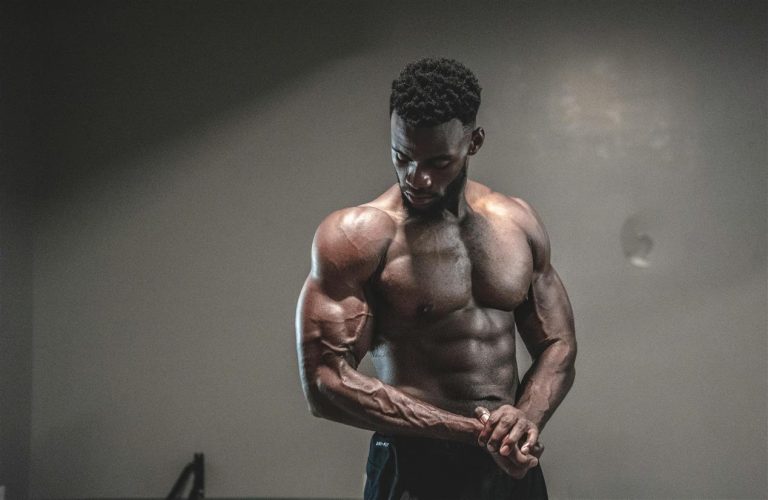
For decades, the world of professional and amateur sports alike was built around a simple, if flawed, image: the athlete as a warrior. Grit, toughness, perseverance—these were the qualities celebrated in stadiums, locker rooms, and headlines. Mental health, by contrast, was rarely discussed, and when it was, it often carried stigma. Speaking about anxiety, depression, or burnout was seen as a sign of weakness—a distraction from the game or even a liability to performance.
But the tide has turned. In recent years, mental health has moved from the margins of sports discourse to its center. High-profile athletes have come forward to speak about their struggles. Teams and leagues are investing in mental health professionals. Fans are starting to understand that strength isn’t just about physical endurance—it’s also about mental clarity and emotional balance. What was once a taboo topic is now a key pillar in the broader conversation about athlete welfare.
The Cost of Silence
Historically, athletes were expected to “tough it out.” Emotional struggles were dismissed as personal problems, and any mention of therapy or mental distress was likely to be met with skepticism—or worse, ridicule. This silence came at a cost. From retired players grappling with depression to young athletes suffering in isolation, the failure to address mental health issues led to consequences that rippled far beyond the field of play.
The pressure to perform, combined with intense public scrutiny and a relentless training schedule, creates a unique psychological environment. For many athletes, particularly those in individual sports like tennis or gymnastics, the burden is compounded by loneliness and the constant presence of judgment. Even team athletes can feel isolated when performance dips or injuries sideline them.
These challenges don’t stop at the elite level. Amateur athletes, college players, and even youth competitors face stressors of their own—from the pressure of scholarships to the balance between academics, training, and social life.

A Turning Point
Several pivotal moments helped shift the narrative. When tennis star Naomi Osaka withdrew from the French Open in 2021 to prioritize her mental well-being, it sparked a global conversation. Simone Biles stepping back from competition during the Tokyo Olympics for similar reasons only deepened the impact. Rather than hiding their struggles, these athletes chose transparency, offering a model of self-care in a hyper-competitive world.
Their decisions drew mixed reactions at first—some criticized them for letting their teams down—but the broader response was one of empathy and admiration. These moments acted as cultural wake-up calls, encouraging other athletes to speak out and prompting sports organizations to re-evaluate how they support mental wellness.
Institutional Changes
In response to growing awareness, many leagues and teams have made structural changes. The NBA, for example, now mandates access to mental health professionals on each team. Major League Baseball has expanded its employee assistance programs. College athletics departments are increasingly hiring full-time sports psychologists and promoting wellness resources to their student-athletes.
These efforts are not just symbolic; they reflect a growing recognition that mental and emotional well-being are as essential to performance as nutrition, conditioning, or tactical preparation. Athletes who feel mentally supported are more likely to avoid burnout, recover from setbacks, and maintain focus over long seasons.
But there is still work to be done. Mental health services in sports remain unevenly distributed. Lower-division teams, less visible leagues, and athletes in underfunded programs often lack access to even basic support. There is also the ongoing challenge of building trust—many athletes still feel uncomfortable opening up, especially to team-affiliated staff who may be perceived as more loyal to the organization than the individual.
Mental Health in the Digital Age
One complicating factor in recent years has been the rise of social media. While platforms can offer connection and visibility, they also expose athletes to unfiltered criticism, cyberbullying, and unrealistic expectations. A poor performance can lead to thousands of negative comments within minutes. For younger athletes especially, the psychological toll of this digital exposure can be intense.
Some teams are now incorporating media training and digital wellness strategies into their programs, teaching athletes how to manage online feedback, set boundaries, and cultivate healthier relationships with their public personas.
Shifting Culture from Within
Perhaps the most encouraging development is the way athletes themselves are shaping the conversation. More and more, they are using their platforms to advocate for mental health awareness, not just in sports, but across society. This shift is not about framing athletes as victims, but about acknowledging the full spectrum of the human experience behind the performance.
Locker room culture is also evolving. What was once a space that prioritized toughness above all else is now starting to embrace empathy, vulnerability, and mutual support. Veteran athletes are mentoring younger ones not just in tactics and training, but in handling pressure and seeking help when needed.
Coaches, too, are being trained to recognize signs of mental distress. Leadership is no longer measured solely by strategic acumen, but also by emotional intelligence. A good coach today knows how to build trust, communicate openly, and support players beyond their stats.
Beyond the Game
The focus on mental health in sports has implications far beyond the locker room. It challenges broader cultural norms that equate strength with silence and emotional control with success. When elite athletes speak openly about therapy or admit to needing time off, they send a powerful message to fans, young athletes, and even non-athletes who may be struggling in silence.
As sports increasingly reflect and shape societal values, the prioritization of mental health is part of a larger cultural realignment—one that places well-being above image and recognizes that real strength often lies in vulnerability.

Conclusion
The journey from taboo to top priority hasn’t been simple. Stigma still lingers, access remains uneven, and the pressures of performance haven’t gone away. But the conversation around mental health in sports has shifted in a profound way.
Athletes are no longer expected to bear the weight of expectation in silence. They are being seen—and are seeing themselves—as whole people, not just performers. As this understanding deepens, the world of sports may not only produce better athletes, but also healthier, more resilient individuals. And in a world that still often struggles to treat mental health with the seriousness it deserves, that shift may be the most significant victory of all.
4o






